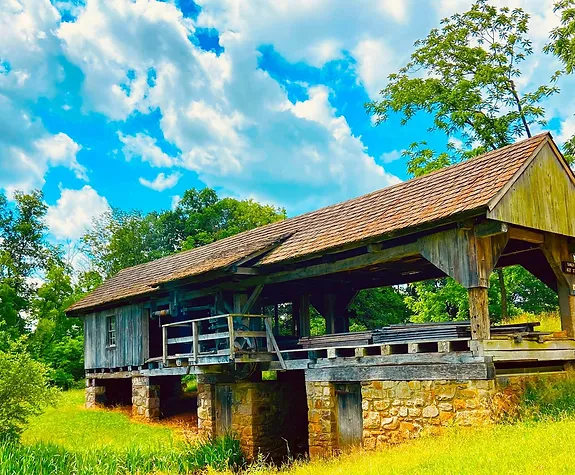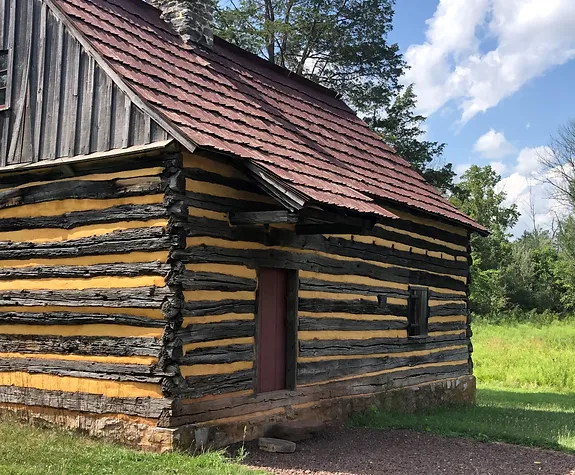Boone and Beyond
The name Daniel Boone is synonymous with the saga of the American Frontier. Born here on November 2, 1734, Daniel was the sixth child, one of eleven, born to Squire and Sarah Boone. Squire, Daniel's father, was an English Quaker born in Devonshire in 1696. While still a youth, Squire, his brother George and sister Sarah embarked to Philadelphia to appraise the possibilities of settlement for their father and family, who immigrated in 1717
Squire first settled in Abington, Pennsylvania, then moved to Gwynedd, where he met and married Sarah Morgan, a Welsh Quaker. Afterward, the couple moved to Chalfont before purchasing 250 acres here in the Oley Valley in 1730. Squire's father and brothers had also settled in the area and became prominent in business, local government, and the Exeter Friends Meeting.
As a youth, Daniel undoubtedly helped his father as a farmer, weaver, and blacksmith, and had the usual experiences of a boy growing up in what was the frontier at that time. In 1750, when Daniel was 15, Squire Boone moved his family from Pennsylvania and joined the growing southward movement to the Yadkin Valley of North Carolina.
The Boone House and part of the homestead were sold to Squire's cousin William Maugridge. Maugridge, also born in Devonshire worked as a shipwright and house builder in Philadelphia prior to 1750 and later served as a magistrate and judge for Berks County from 1752 until his death in 1766.
In 1770, John and Elizabeth DeTurk who were Pennsylvania Germans purchased the property from William's daughter and prospered as farmers. John died in 1808, but his family continued to reside here in the 1820s.
By the 1930s the farm was run down and overgrown and the house was in disrepair. Interested in the site's preservation, Daniel Carter Beard, founder, and commissioner of the Boy Scouts of America, formed a committee to save the property. This leads the Commonwealth of Pennsylvania to purchase the property in 1938. Restoration and improvements were started by members of the National Youth Administration, part of the Works Progress Program created by President Franklin D. Roosevelt as a response to the Great Depression.
Today, in keeping with the Pennsylvania Historical and Museum Commission plan for developing and interpreting the site, other historic structures have been moved to the Homestead for preservation. Education and interpretations of the site and local community continue through exhibits, programs, and tours.






